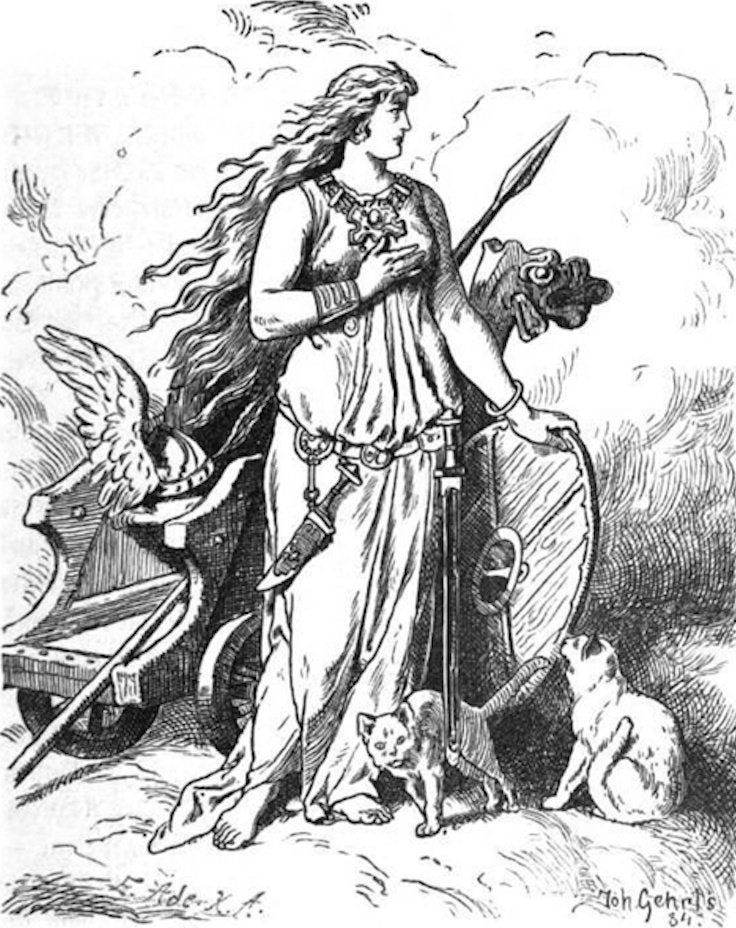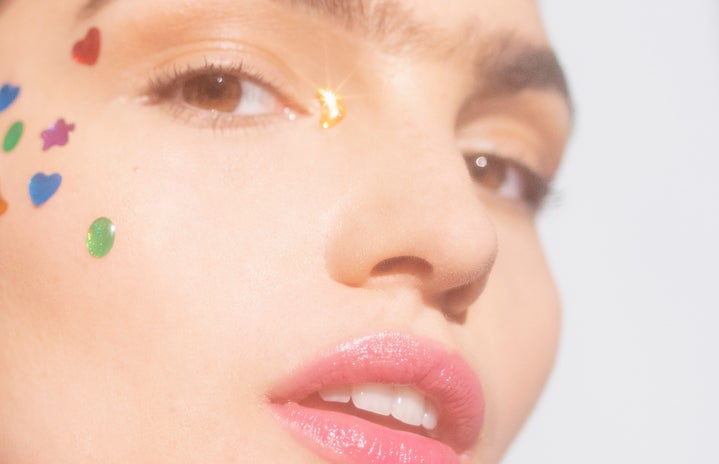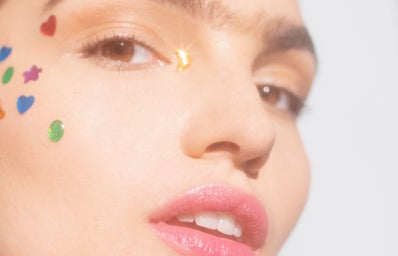Hey you, Northerner! What do you know about Norse mythology? Not much? Well, then that makes two of us! That is why I propose that together we delve into, and wade through, the deep waters of this fascinating folklore!
If you’ve watched Vikings and continuously find yourself asking “Who? What? Where?” in between staring at Travis Fimmel’s lovely, steely buns, then this series is for you! Like most of us who fell in love with the show, I’ve always been fascinated with the lore of the North, but never really made the time to investigate it further. Until now! So, in this series I will be examining the mythology of the Viking era – and because I’m all about that girl power, my focus will be on Norse goddesses first and foremost.
For those of you haven’t the faintest clue what I’m on about, Norse mythology is “a collection of tales, depicting various beings, deities, and heroes derived from numerous sources from before and after the pagan period, including medieval manuscripts, archaeological representations, and folk tradition”.
(Full disclosure: this is going to be a dumbed down version of the typical historical articles one might find on this subject. Mainly because I don’t fancy getting myself into a plagiarism lawsuit, but also because I’m completely dyslexic when it comes to reading anything related to history — seriously, my brain gets all slippery! — and I reckon that likeminded others could also benefit from a more modernistic telling of this fascinating mythology.)
So without further ado, I give you Freyja, the goddess of love, sex, beauty, fertility, war, death, gold and seiðr.
Freyja — also spelled Freya, Freyia and Freja — translates from Old Norse as “The Lady”. The warrior goddess is depicted as being the most beautiful and refined of all the Norse goddesses, and is often compared to the Greek goddess Aphrodite. She is often portrayed wearing a cloak of falcon feathers and the necklace of Brísingmen — an ornamental amber necklace — as she otherwise flaunts her stuff around the heavens, riding in a chariot pulled by two cats (because, logic). She’s often seen in the company of a giant boar, Hildisvíni, who, as it happens, is also her right-hand dude whenever she goes into battle, which brings me to my next point.

Not only is Freyja meant to be drop dead gorgeous, the epitome of femininity AND a working mother, she’s also a TOTAL BADASS! But I’ll get to that. First let me break this down, starting with her marital sitch.
Freja is married to the god Óðr (pronounced “Oh-der”) who, according to the myths, has been MIA since the birth of their two kids, twin goddesses, Hnöss and Gersemi. Anguished, Freyja roams through the heavens in disguise, crying tears of gold as she searches for her missing husband — who is clearly far too busy, doing ‘Odin-knows-what’ on his man-travels, to call his wife. Typical.
(Fun fact: back in the day, gold was also called “Freyja’s tears”)
Anyway, like all working mom’s, Freyja has various other responsibilities outside of her heavenly household, and cannot afford to spend all of her time doing laundry. And since her husband is quite unhelpfully nowhere-to-be-found, she requires the help five handmaidens — Gefjon, Skaði, Þorgerðr Hölgabrúðr, Irpa and Menglöð (Ha! I bet you can’t say these five times fast!) — to help her around the house.
Now, to Freyja’s badassery.
As her day job, Freyja rules over the heavenly fields of Fólkvangr. When she herself rides into battle with Hildisvíni, she collects half of the mortal believers who die in conflict into her great hall in the heavens, Sessrúmnir. As it were, she and the King of all gods, Odin, go splitsies on the soul-reaping; with half going to Fólkvangr, and the other half of all fallen souls being received by Odin in Valhalla.
Based on the TV series, I think it is relatively safe to assume that soul-reaping used to be a full time job back in the day, with the vikings causing such a ruckus among themselves, and others, with their pillaging ways. However, Freyja also managed to find the time to be a part of a super exclusive club of gods called the Vanir, where she practices the art of seiðr — pronounced “SAY-der”; a type of religious Norse magic used for both telling and shaping the future — with other gods associated with health, fertility and profound wisdom. As if the goddess wasn’t busy enough, she also finds the time to help other goddesses in matters of fertility and love, loaning out her feathered cloak to those in need of guidance in the art of seduction.

13th century, Prose Edda
I feel that at this point it is vitally important to mention the Prose Edda, which is a 13th century work of Icelandic literature, written in Old Norse by Icelandic scholar, lawman and historian, Snorri Sturluson (c. 1220). It is considered to be the fullest and most detailed source of knowledge pertaining to Norse mythology which, essentially, is a body of myths of the North Germanic peoples, stemming from Norse paganism. The Prose Edda draws information from a variety of sources, including various poetry, that Sturluson has comprised into its own collection known as the Poetic Edda.
I hope you’ve found this article even moderately informative, but if not, click on the links provided and see how slippery your brain gets! Stay tuned, there’s more to come!
Sources (linked in the text, but listed below for good measure!)


